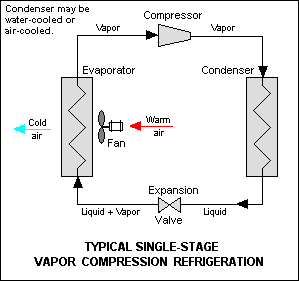Magnetostrictive transducer

Construction and working Initially interrogation pulse is sent through a ferromagnetic waveguide and simultaneously a timer circuit is switched on from one end of the waveguide which we call source. The pulse is of very short duration about 1 to 2 microseconds . its minimum current density is along the centre of the wire and a maximum at wire surface. This is due to the skin effect. As the pulse reaches the position of the target (permanent magnet) it generate of torsional Sonic wave that travel along the waveguide in the both direction. A pickup at the source detects a signal as the waves reaches there, because at the moment the permeability of the waveguide material changes instantaneously. this signal stop the timer. The elapsed time (∆t) , multiplied by the speed of acoustic wave in the waveguide material gives the location of the target. The Sonic wave also travels in the direction away from the pickup, in order to avoid an interfering signals from waves travellin...












